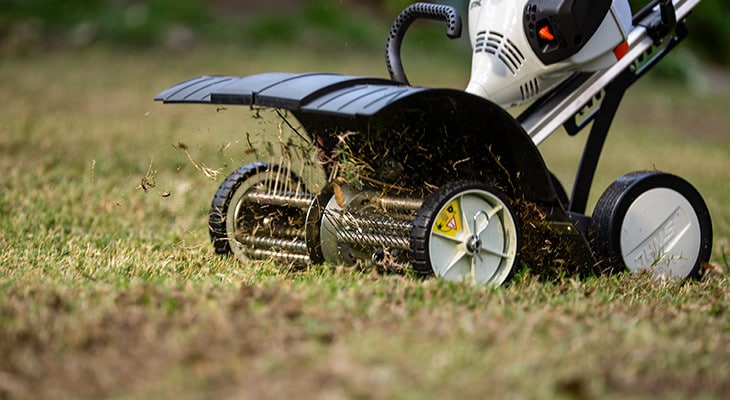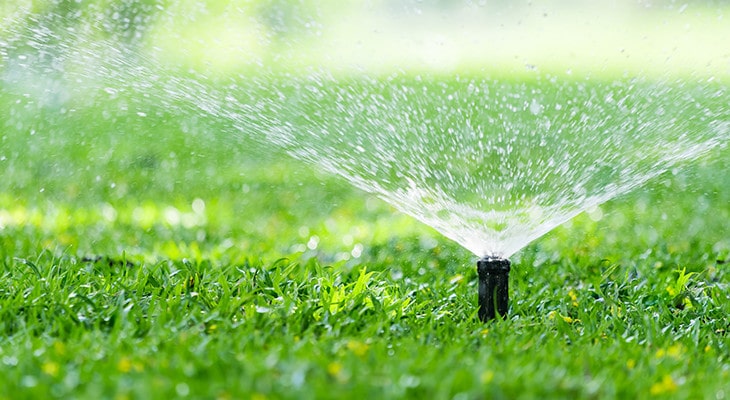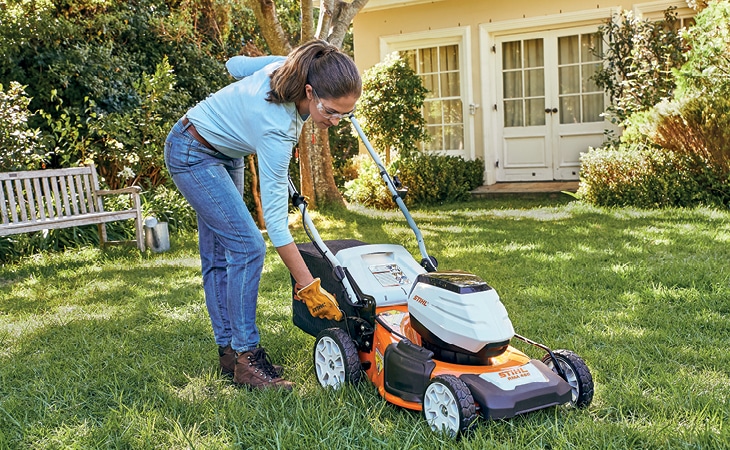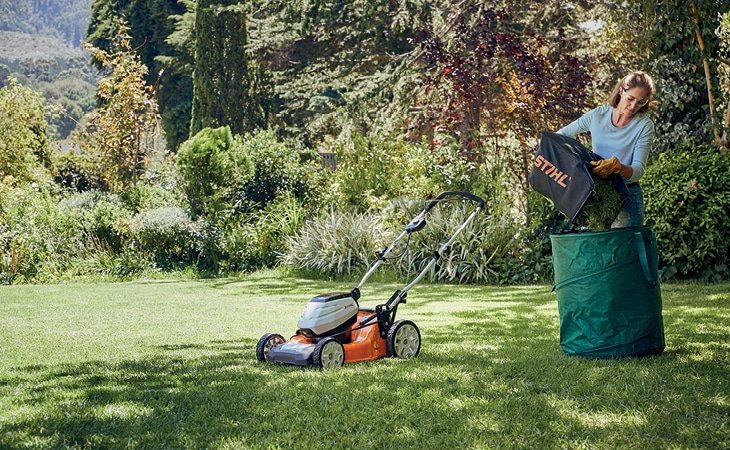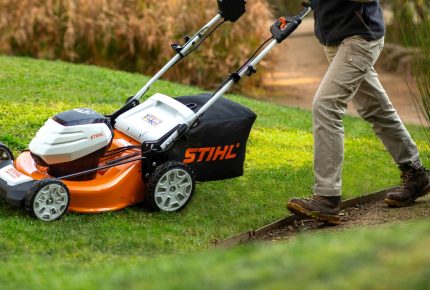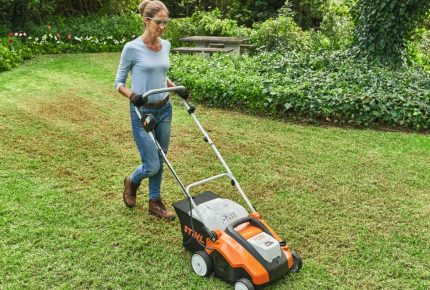
#How To
How to care for your lawn through Spring
Lawn lovers rejoice! The best season of the year has arrived, and it’s time to breathe some life back into your garden starting with your lawn. The rate at which your lawn grows will increase over the next few month as the days get warmer and longer, so follow our easy lawn care tips to spring your lawn back into shape!
REJUVENATE your lawn
If your lawn is looking a little lackluster after Winter, you’re not alone. Cooler weather coupled with an increase in rainfall, reduced hours of sunlight and regular morning frost aren’t exactly the perfect conditions for a lush lawn. But don’t fret, because there are plenty of things you can to do breathe some life back into it.
The first place to start is with your soil. If you’ve experienced a lot of rain through winter, it may be compacted, which means your lawn is missing out on all of the good things that encourage growth, such as water, oxygen and potentially sunlight.
Aerating your lawn will allow it to breathe again, and will ensure that it reaps the all of the wonderful benefits that come with Spring weather. The process of aeration can be done manually with a metal stake, however a much easier alternative is with the use of an aerating tool, such as the STIHL MM 56 MultiSystem with the aerating attachment. This will be particularly handy for those with larger blocks and more ground to cover.
The next step is to remove the thatch. Lawn thatch is a mix of dead and living plant material which has built up over time. It’s a combination of leaf litter, lawn clippings, and just general debris from your garden which build up over time, forming a thin covering on your lawn. While a little thatch isn’t necessarily harmful, too much can suffocate your lawn and if left alone, it can have the same impact as compacted soil, and prevent vital nurtients getting to the roots of your lawn. You can remove the thatch manually with a rake, or using a dethatcing tool. The STIHL MM 56 also has an attachment specific to this task which will get the job done with half the effort and in half the time.
FERTILISING
As rule of thumb, you should fertilise your lawn twice each year. The first feed should occur during Autumn once the summer heat has subsided. The second feed should be done in early Spring before the temperatures pick up again. Aerating and removing the thatch beforehand will maximise the impact for your fertiliser, as well as removing winter weeds to ensure your lawn foscuses on growing more grass, instead of more weeds! The best type of fertiliser to use will depend on your lawn type, so be sure to do some research beforehand.
WATER REQUIREMENTS
Water is key to a lush lawn, however the frequency in which you water your lawn will depend on whether you reside in the northern or the southern parts of the country. For those in the southern states, less watering is required, and is only required once a week during Spring. If you’re in the northern part of the country and experience extreme heat as soon as Spring hits, then a good soaking 2-3 times a week is required, however, be sure to abide by any local water restrictions in place. If you’re unsure, an easy way to see if your lawn is hydrated or if it’s seeking more water, is to make a small divot with a shovel to feel the soil below. If it’s dry, give it a good soaking.
The best time of day to water your lawn is in the morning. If you wait until the day heats up, you’re likely to loose half of your water through evaporation. Where possible, try not to water too late in the day, as this can lead to a fungal problem if done too often. Using a sprinkler to hydrate your lawn will make sure your water is evenly covered.
Don’t mow too low
Regular mowing will encourage growth during Spring, however the height at which your set your mower will determine the quality of your lawn. Mowing too low can cause permanent damage to your lawn, and also leave your soil and roots exposed to the various different elements experienced during Spring, from frost to sun damage. On the other hand, allowing your lawn to get too long will shade your grass blades from sunlight which hinders the process of photosynthesis and is the main cause of yellow grass. As a rule of thumb, remove only 1/3 of the grass blade all year round, and make sure you test a patch of lawn out of sight to ensure your cutting height is just right before you continue on.
DON’T WASTE THOSE CLIPPINGS!
There are many different uses for grass clippings. If you have a compost, this is the perfect place for them. Grass clippings are high in nitrogen, so they break down very quickly and easily. When combined with brown matter such as twigs and leaf litter to decompose, they produce a great mix that‘s high in nutrients which can then be recycled back into your garden. If you’re new to composting and not sure where to start, our guide explains exactly what you need and how to create the perfect mix.
Grass clippings can also be used in garden beds and as a mulch in vegetable gardens. Applying a thin layer will help your soil to retain moisture as the weather starts to warm up. Try not to overdo it, 1-2 inches is enough.

